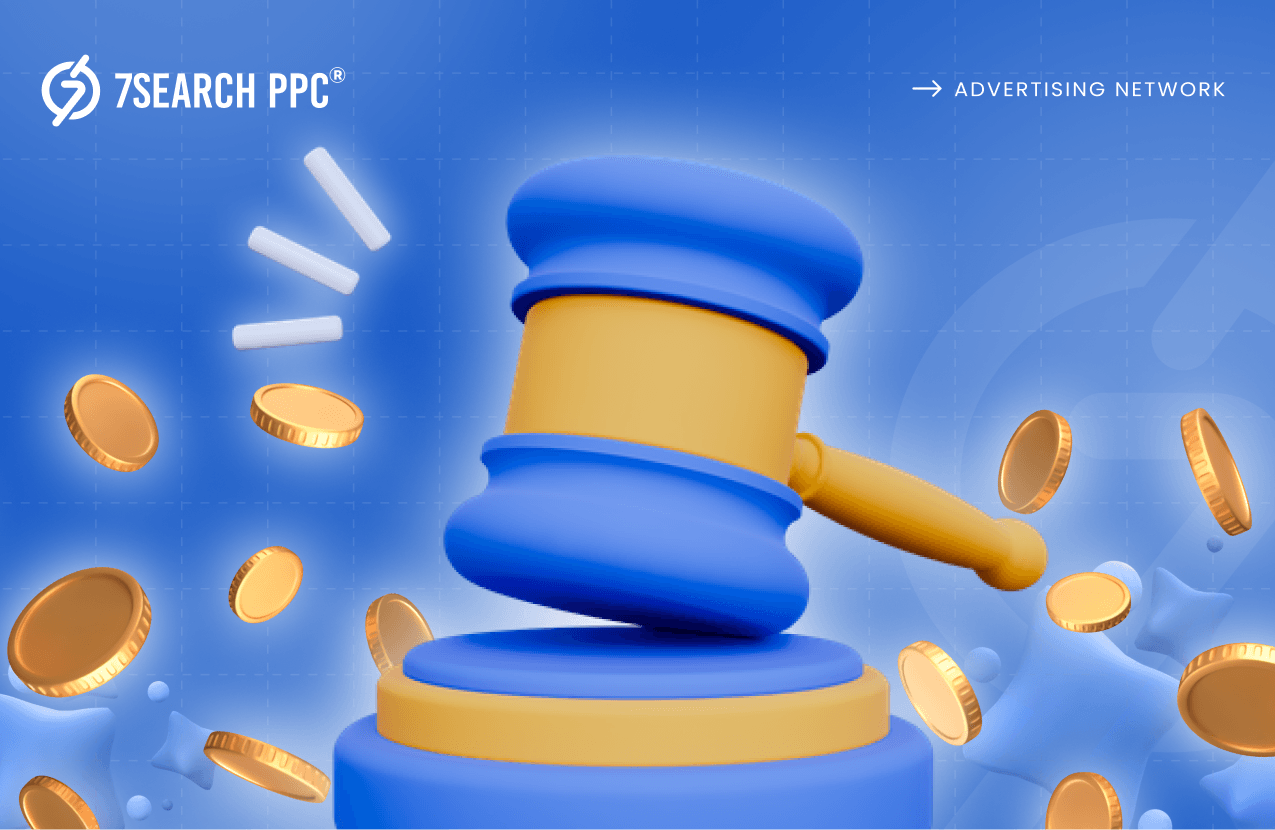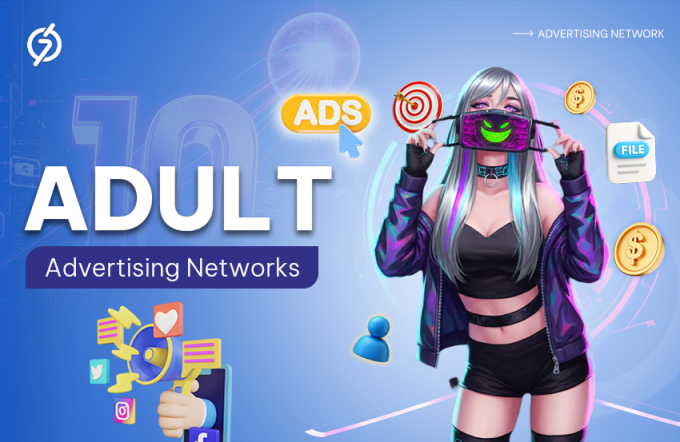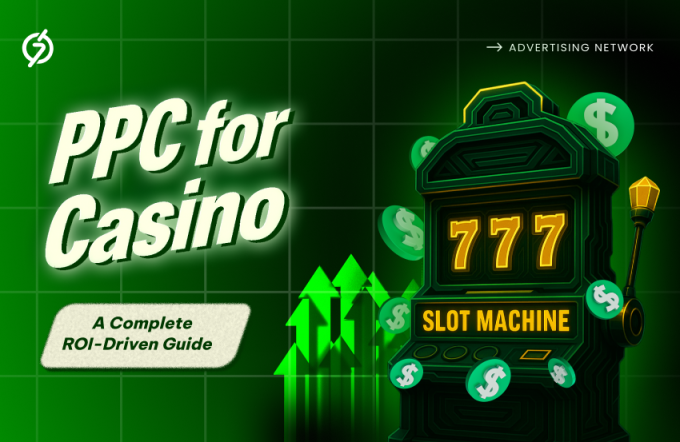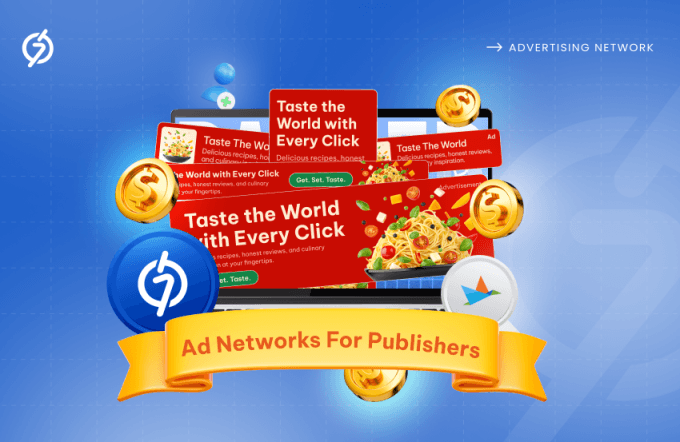The digital advertising landscape does not hold a consistent pace as it is always changing. Both advertisers and publishers need to run along with it to succeed. Today, we will pick a topic that is related to publishers. This blog is for publishers who need to maximize their ad revenue. One tool that has revolutionized the way publishers manage their ad inventory is Prebid. This was the second most widely used header-bidding technology globally, favored by 1% of the top 1 million websites.
Understanding pre-bid can unlock new revenue streams and optimize ad operations for publishers. With this open-source tool, publishers can run multiple auctions, maximize yield, and maintain complete control over their ad placements—all while enhancing user experience.
It enables you to connect with multiple ad exchanges and demand-side platforms (DSPs), establishing a competitive marketplace for your ad inventory. The result? Higher ad revenue and better control over your ad placements.
This guide will explain what Pre-Bid is, how it functions, and why it’s essential for publishers looking to succeed in today’s competitive ad tech market.
How Prebid Revolutionizes Programmatic Advertising?
In the past, publishers mainly used the waterfall method to manage and sell their ad space. This method often led to lower earnings because it did not allow for real-time bidding, which could limit publishers’ earning potential. Nowadays, most publishers use the prebid approach. It helps them boost their ad revenue by enabling real-time bidding and better inventory management.
Prebid is an open-source tool that revolutionizes programmatic advertising by helping publishers boost their ad revenue through a process called header bidding. Instead of offering ad spaces one by one, Pre-Bid allows multiple ad exchanges to bid on ad inventory all at once in real-time.
This competitive bidding process replaces the old waterfall method, which often results in lower profits. By encouraging competition among advertisers, Pre-Bid allows publishers to gain more control, transparency, and revenue.
Advantages of Pre-Bid For Publishers
Pre-bid is a popular header bidding solution that offers publishers numerous advantages. Let’s explore how it can benefit them:
Maximized Ad Revenue
Suppose you own a 2BHK house in a premium location and want to rent it out. Eight potential tenants show interest because of the house’s prime location. You ask for 20k per month, but the high level of interest allows you to command a higher rent. Similarly, Prebid benefits publishers by allowing them to maximize their earnings through competitive bidding.
It sets up a competitive auction where multiple advertisers can bid on each ad impression. This allows publishers to earn more by getting the highest bid for every ad slot. Unlike the waterfall method, where ad space is sold one after the other, Pre-Bid ensures that each impression is sold for the highest possible price.
Greater Control and Transparency
Publishers have enhanced control over their ad inventory with Pre-Bid. They can establish auction rules, set minimum prices (floor prices), and prioritize different ad networks or buyers. Prebid’s open-source nature also ensures transparency in the bidding process. It enables publishers to comprehend which buyers are competing and at what prices. This type of control and transparency allows publishers to make wise decisions related to ad space and pricing.
Improved Ad Load Times
For a few minutes, forget you are a publisher and treat yourself as a website visitor. You enter a particular website, and that website takes a long time to load. So frustrating, no? What will you do? We know that you will leave that website and search for an alternative website.
Prebid optimizes the ad-loading process by reducing the number of ad calls and fetching bids concurrently. This efficiency leads to faster loading of web pages, enhancing user experience, and potentially increasing engagement metrics, such as time spent on site and bounce rates.
Access to Diverse Demand Partners
Pre-Bid connects publishers with a large pool of potential buyers, including:
- Ad Exchanges
- Demand-Side Platforms
- Direct Advertisers
This increased demand can create more competition for ad inventory, resulting in higher prices and greater revenue for publishers. It also gives all potential buyers equal chances to bid on an ad impression.
Improved Fill Rates
Prebid’s auction-based system improves the likelihood of filling ad slots. By allowing bidders to compete for each impression, the chances of an ad going unsold are reduced. This leads to higher fill rates, resulting in increased ad revenue for publishers. Overall, it helps publishers by reducing wasted inventory.
How Prebid Operates: A Detailed Overview
It is a framework used in programmatic advertising that allows publishers to implement header bidding on their websites. Here is a breakdown of how it works:
Step 1: User Accesses the Publisher’s Website or App
Step one shows the starting stage of how pre-bid works. When a user arrives at a webpage or app with pre-bid implemented, the Pre-Bid library becomes active. It prepares the environment for real-time bidding by interacting with various demand partners.
Step 2; Bid Calls
The Prebid Library sends out requests for bids to different demand partners, such as:
- Ad Exchanges,
- SSPs,
- DSPs.
These requests seek bids from different sources to compete for the ad impression.
Step 3: Incoming Bids
Demand partners submit their bids in real-time, with each bid specifying how much they are willing to pay to display their ads, thus allowing for competitive pricing.
Step 4: Winner Selection
Pre-Bid collects all incoming bids and conducts an auction to determine which bid is the highest. The partner offering the highest bid wins the auction.
Step 5: Ad Served
The ad associated with the winning bid is selected and displayed to the user. This process ensures that the highest-paying ad is shown, optimizing revenue for the publisher.
Essential Components of Prebid
It consists of multiple key components that work together to facilitate real-time auctions among several demand partners:
Prebid.js
Prebid.js is the client-side component that manages the header bidding auction in a web browser. It connects with multiple ad exchanges and demand-side platforms (DSPs) at the same time to collect real-time bids. By creating competition among bidders, publishers earn more revenue. It is flexible with customizable settings, supports different ad formats, and works smoothly with ad servers.
Prebid Server
The pre-bid server is a server-side component designed to manage bid requests and responses, thereby reducing the load on the client side and improving page load times. It is capable of handling bid requests and responses, which enables more complex auction scenarios and faster bid response times. This is especially advantageous for non-JavaScript environments or when dealing with a large number of bidders.
Prebid Mobile
Prebid Mobile is specifically designed for mobile app environments. It shares the core functionality of Prebid.js but is optimized for mobile devices with considerations for;
- Performance
- Battery Life
- User Experience
It enables publishers to monetize their mobile app inventory effectively by running header bidding auctions within the app context. It supports various mobile ad formats and integrates with popular mobile ad networks.
Prebid Video
Prebid Video is an extension of the Pre-bid framework designed for video ads. It works with both client-side and server-side integrations, letting publishers use header bidding for their video ad spaces. This helps publishers increase their video ad revenue by allowing multiple buyers to bid on ad spots.
Pre Bid vs. Post Bid: A Comparative Analysis
When discussing ad technology, particularly in programmatic advertising, “Pre-bid” and “Post-bid” refer to different stages of the auction process. Here is a simple explanation:
Pre-Bid
- Timing: Auction for ad inventory happens before the publisher’s ad server is involved. This is crucial because it allows for more competition among ad buyers.
- Process: In Pre-bid, multiple advertising platforms (demand sources) compete at the same time. This creates a competitive environment where demand partners bid against each other for the right to show their ad.
- Auction: The competition among demand sources occurs in real-time auctions. This means that bids are submitted and processed immediately, and the highest bidder is determined instantly.
- Outcome: The demand source that offers the highest bid for the ad impression wins the auction. Their ad is then served to the user.
- Benefits: By involving multiple demand sources in a real-time auction, Pre-bid creates a highly creative environment. This increased competition typically leads to higher bids for ad impressions. Ultimately, this results in higher revenue for the publisher.
Post-Bid
- Timing: The post-bidding process occurs after the ad server has declined direct-sold or exchange-based line items.
- Process: When activated, multiple demand sources (ad networks, ad exchanges, etc.) Compete for the ad impression within a specific ad unit. Post-bid involves a single auction among the pre-selected demand sources.
- Auction: The auction for the ad impression occurs directly within the ad creatives on the webpage. This is made possible by using Prebid.js, a JavaScript library that handles the bidding process.
- Outcome: The demand source that offers the highest bid for the ad impression within the Post Bid line item is the winner. Their ad is then displayed to the user.
- Benefits: Post-bid is generally easier to implement than Pre-bid as it does not require significant changes to the publisher’s ad server setup.
Strategies to Improve Prebid Performance
Improving pre-bid performance is key for publishers who want to boost their ad revenue and provide a smooth user experience. Here are simple and effective ways to enhance Pre-Bid performance:
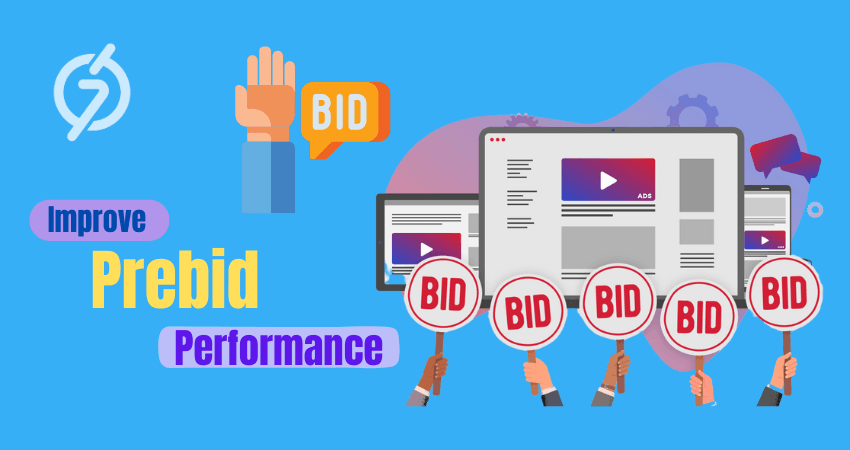
Ensure Your Pre-Bid is Up-To-Date
It’s important to regularly update Prebid to access the following:
- New Features,
- Bug Fixes,
- Performance Enhancements.
New versions often include optimizations for ad request processing, bid response handling, and integration with demand sources. Keeping your Pre-Bid updated makes sure it works well and meets the latest industry standards.
Refine Ad Units and Sizes
You should carefully consider the ad sizes and units you offer. Too many options can slow down page load times and reduce demand. Focus on popular formats that align with your website’s content and design. Try different ad sizes and placements to identify those that perform best. Optimizing ad units and sizes improves user experience and increases the likelihood of successful ad requests.
Activate Lazy Loading
Lazy loading delays the loading of ad units until they are about to enter the viewport. This significantly improves page load speed, enhances user experience, and reduces bounce rates. Faster page load times also have a good impact on ad viewability and auction win rates. By prioritizing content delivery and loading ads only when necessary, you can create a better user experience and maximize revenue potential.
Adjust Timeout Settings
The prebid timeout settings control how long the system waits for bid responses before making ad decisions. If the timeouts are too short, it can limit competition and reduce revenue. Balancing timeout durations helps Prebid promptly move on to the next demand partner if there is no response.
Track and Analyze Performance Metrics
You must make sure to continuously track key performance indicators (KPIs) such as:
- Ad Fill Rates,
- eCPMs,
- Auction Win Rates
- Latency
Analyze these metrics to spot trends and areas for improvement. You can make data-driven decisions to optimize pre-bid settings, ad formats, and demand partners by closely monitoring performance.
Conclusion
Pre-bid has undeniably transformed the digital advertising landscape for publishers. It allows for real-time bidding and gives publishers more control over their ad space, helping them earn more and improve the user experience. As the world of digital advertising keeps changing, Prebid’s open-source makes it a key tool for publishers who want to succeed. Publishers can open up new opportunities and achieve long-term growth by grasping how pre-bid works and its features.
Frequently Asked Questions (FAQs)
What is Prebid?
Ans. It is an open source that helps publishers earn more money from their ads. It’s like a bidding war where advertisers compete to show their ads. The highest bidder’s ad gets shown, and you earn more money.
How does Pre-Bid work?
Ans. It creates competition between different ad buyers. When someone visits your website, Pre-Bid quickly asks many advertisers how much they are willing to pay for ad space. The highest bidder’s ad is shown.
What are the benefits of using Pre-Bid?
Ans. Pre-bid helps publishers maximize money, have more control over their ads, and make their websites load faster.
Is Pre-Bid difficult to set up?
Ans. Setting up Pre-bid can be complex, but many resources and tools are available to help. They can help you understand the setting up process.
Does Pre-Bid guarantee higher ad revenue?
Ans. While Pre-Bid can significantly increase ad revenue, it does not guarantee higher earnings. The actual revenue depends on factors like the demand of your ad space and the competition among advertisers.

